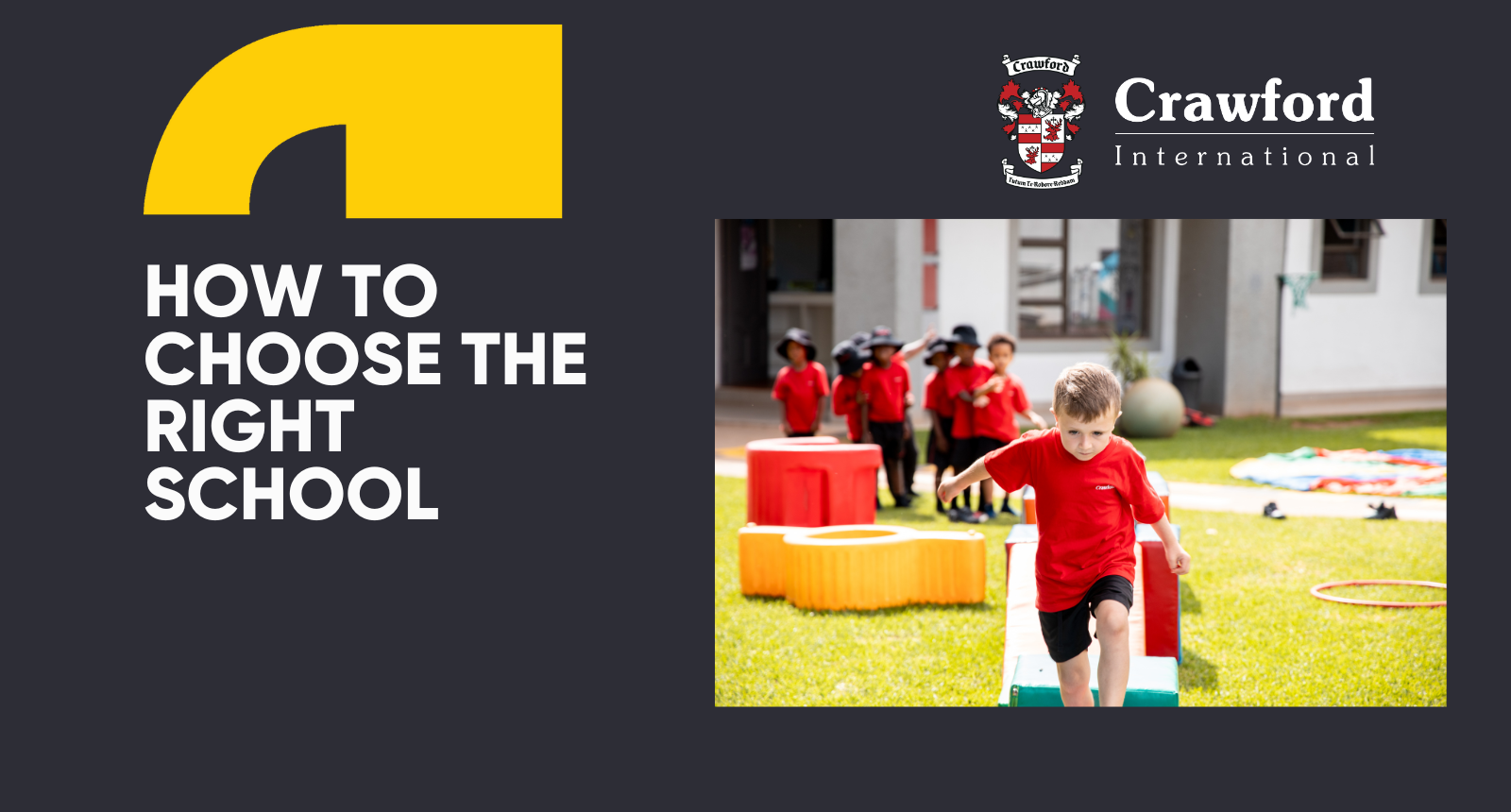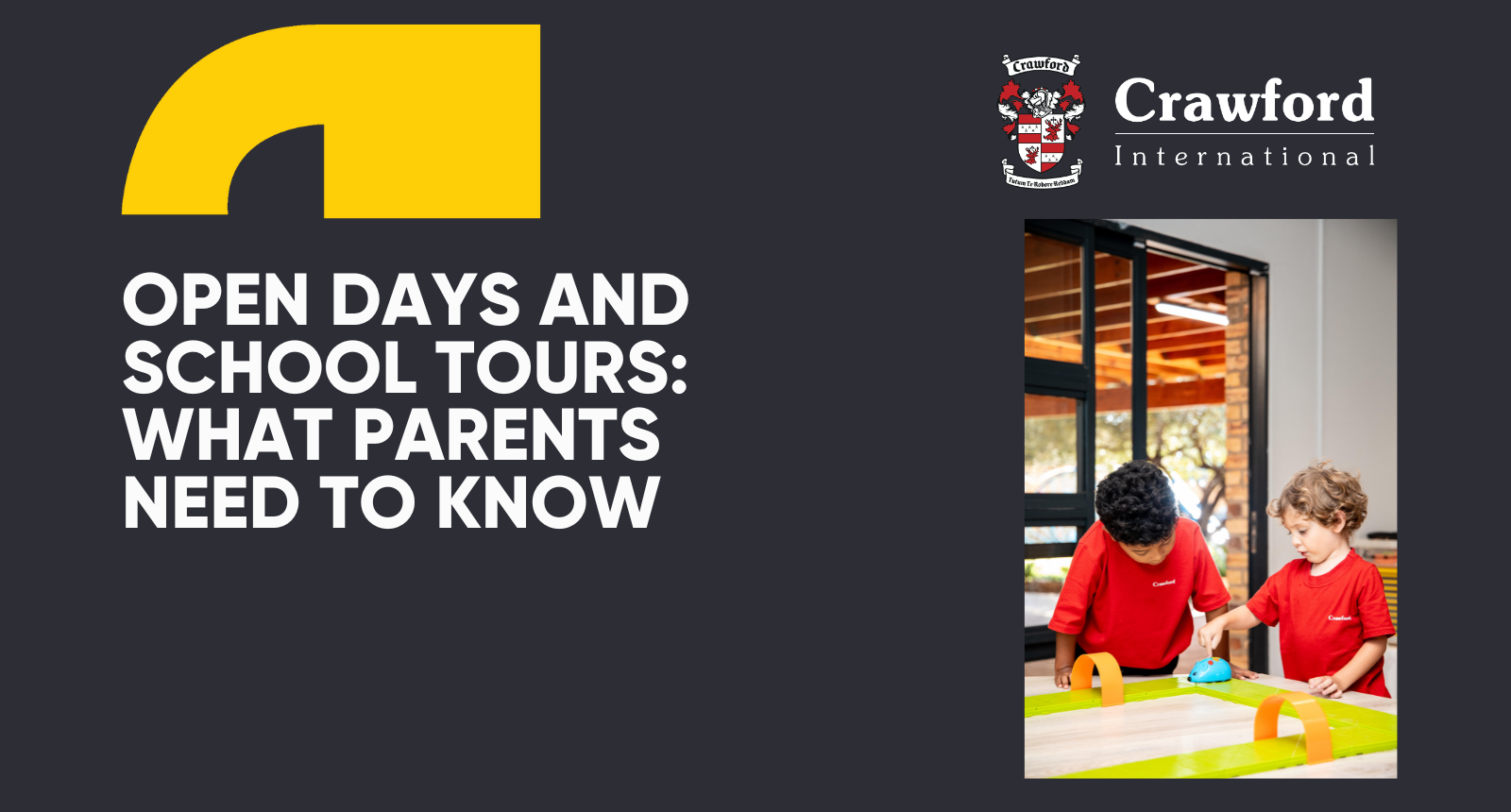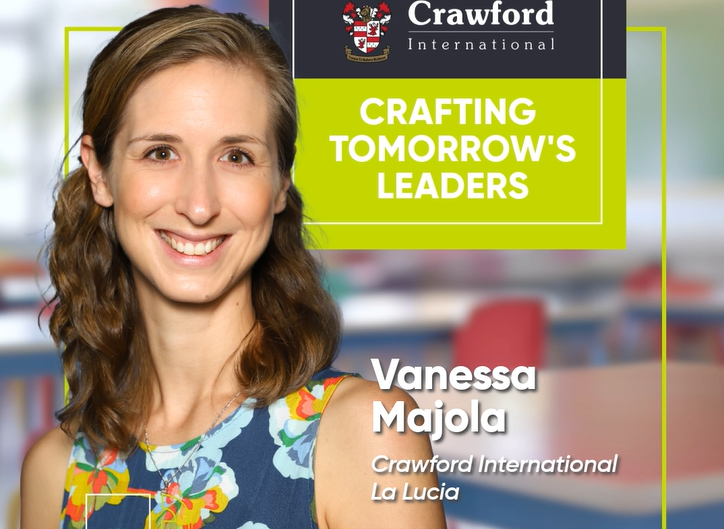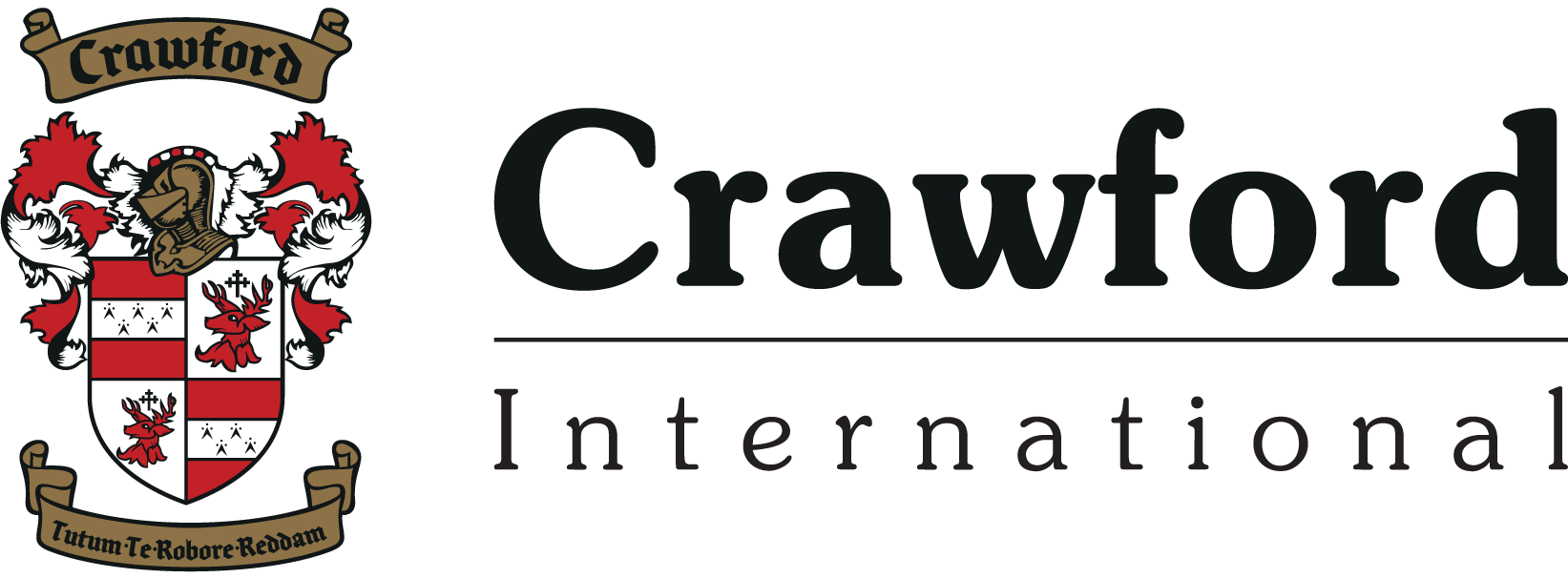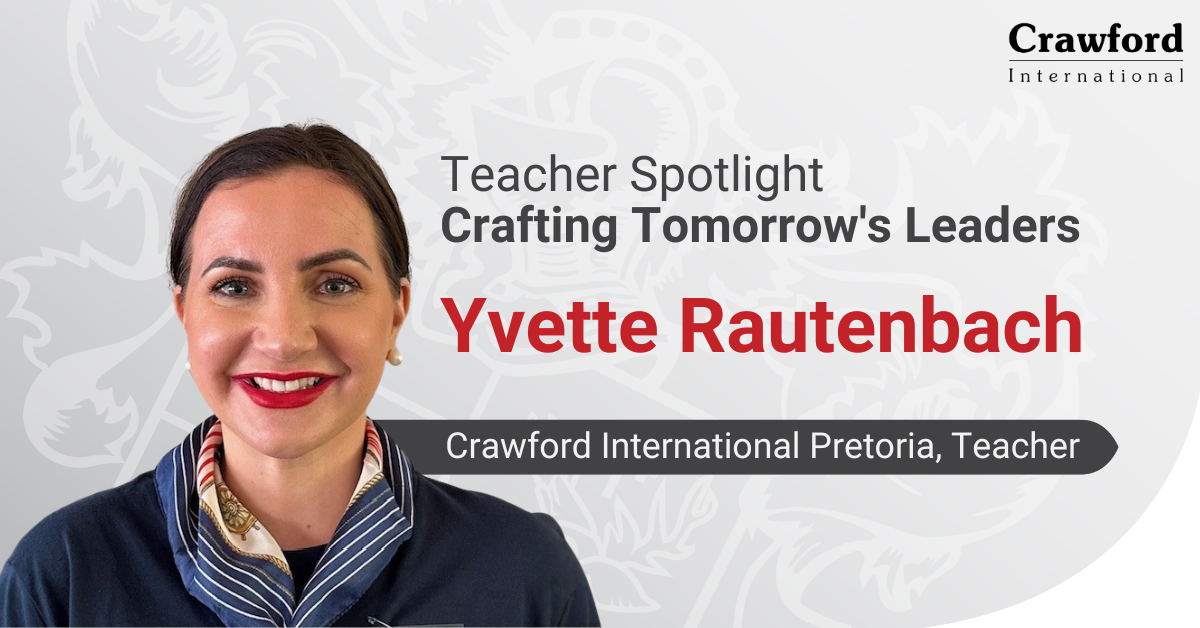Choleric Children: Diving into the dominant personality
April 5, 2024
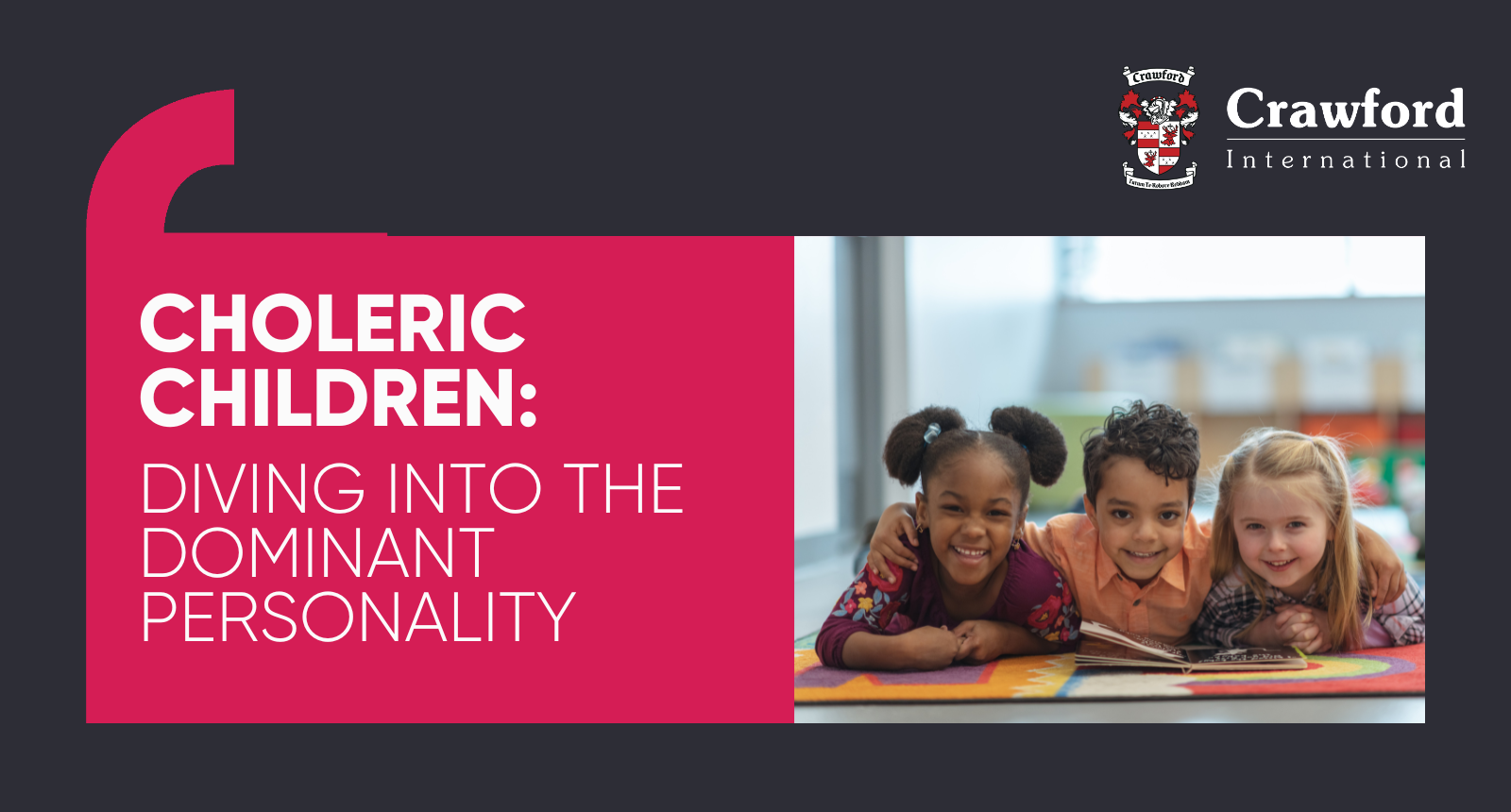
Choleric Children: Diving Into The Dominant Personality
Have you ever heard anyone say, “He has such a lovely temperament” or, “She can be very temperamental?” Have you ever wondered what that really means? The dictionary will tell you that temperament is a person’s nature or consistent behaviour. The important thing to remember, however, is that temperament makes up only part of a person’s larger personality.
At Crawford International, we are aware that all children have different personality types and different temperaments, and we strive to teach all of them in the way that they will learn best, a personalised learning journey.
There are four identified temperaments. They are: phlegmatic, melancholic, sanguine, and choleric.
A phlegmatic temperament is one found in an easy-going child, They are usually very relaxed, contemplative, and often shy. The phlegmatic child is a peace-loving soul who would rather be left to their own devices than to be stirred into action.
A melancholic child is a deep thinker and a sensitive soul. They are extremely averse to risk and challenge and rather look at a situation with compassion and understanding.
The sanguine temperament is the most social and happy of all the temperaments. They are energised by change and spur-of-the-moment decisions. They are usually positive people and like to talk, and talk, and talk.
A breakdown of the Choleric Child:
The final temperament, and the focus of our blog today, is the choleric child:
Outline of the Choleric Temperament
The choleric child can be described as the ‘hero’ child. They are highly motivated, results-driven people who always want to win. They have intense interests in many different things and always achieve well in whatever they do. They are ambitious and will take on projects, sports, and activities with lots of energy, often dominating other kids in the process. They are born leaders, but sometimes they can be so focused on results that they overlook feelings and may lack compassion.
Traits of a choleric child
- Confident and assertive
- Self-motivated
- Energetic
- Decisive
- Goal orientated
- Can be quick-tempered and often irritable
- May have control issues.
Tips on how to support a choleric child
The choleric child is not a walk in the park, but they are certainly a fun ride and a constant source of pride for parents. They have big personalities and they need “big” parenting and positive reinforcement in all teaching. Here are some tips on how to support a choleric child:
- Choleric children are often so driven, that when they don’t win they have a tendency to take it very hard. Parents and teachers need to offer positive verbal cues and an analytical situation assessment, which will help them to see the bigger picture and to recognise that lessons learned are often the real ‘win’.
- Choleric children are outspoken and say whatever comes to mind. They do this because they are analytical, not emotional, and can sometimes be out of touch with other people’s feelings. Here, parents and teachers need to slow the choleric child down and to encourage them to think before they speak and to consider the perspective and feelings of others.
- Choleric children have an innate need to control and often dominate situations. While this leads to natural leadership roles, at other times this can be overbearing to other children. Parents and teachers must acknowledge the choleric child’s need for control and allocate “important” tasks to them that they can self-manage.
- A choleric child will have a strong desire to try new things and will make it their mission to conquer those things. Parents and teachers, don’t stand in their way! Get behind them with the tools, lessons, books, and people, who will be able to give them the best shot at achieving.
- A choleric child has a need for independence. They want to do it on their own because they want you to be proud of them when it’s done. Parents and teachers, you need to offer the choleric child trust. Nobody wants their child to burn themselves with fire, but if you teach a choleric child to build a fire properly, then step back and allow them to do it – they will surprise you with how well it will be done.
- Choleric children can often become frustrated because things are not moving as fast as they need them to or because they are not in control of the situation. This can cause conflict with their peers, parents, and teachers alike. Parents and teachers be patient. Allow the choleric child the time to cool down, then discuss the matter with them in a mature, quiet, and caring way.
